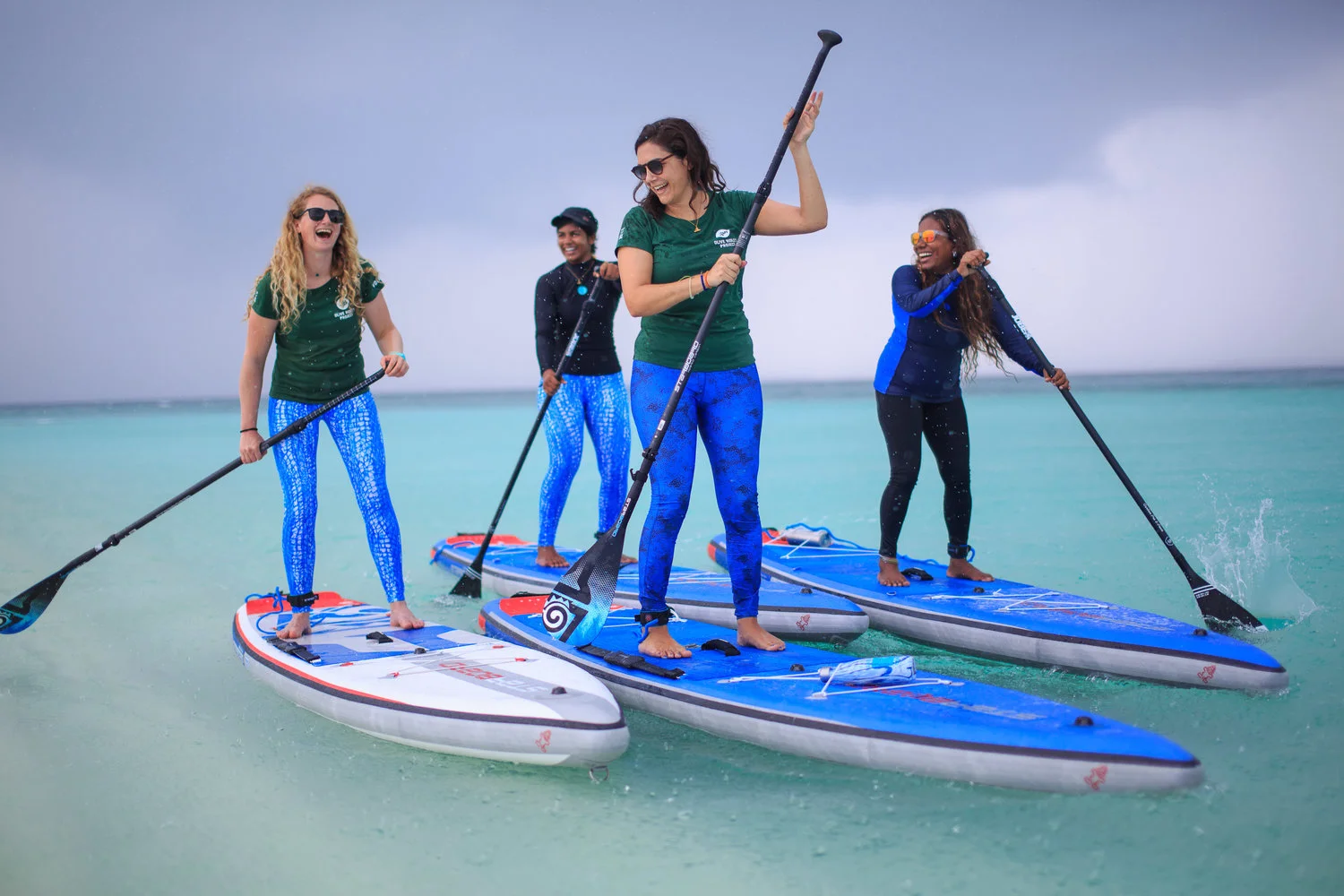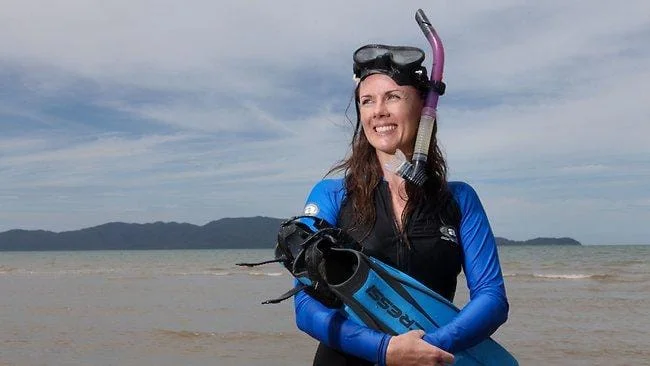A traditional stone structure, known as a cairn, has been crafted on a Suffolk beach. An important outdoor focal point with all the pathos of its impermanence.
Ocean Ambassador Henry Fletcher from Thorpeness has crafted one of the structures on the village's beach using local coralline crag stone.
Henry takes inspiration from Julie Brook’s ‘Fire Stacks’, also his work in Iceland, part of which has included building cairns with groups of volunteers.
"I wasn't quite sure what I was going to build when I started building it but I had the idea of it being a space where people could have conversations about their relationships with the sea and their sense of place.”
"It has become that in a strange way.”
"When I've been building it, I've had a lot of conversations with people walking past.”
"It was a beautiful opportunity to meet local people."
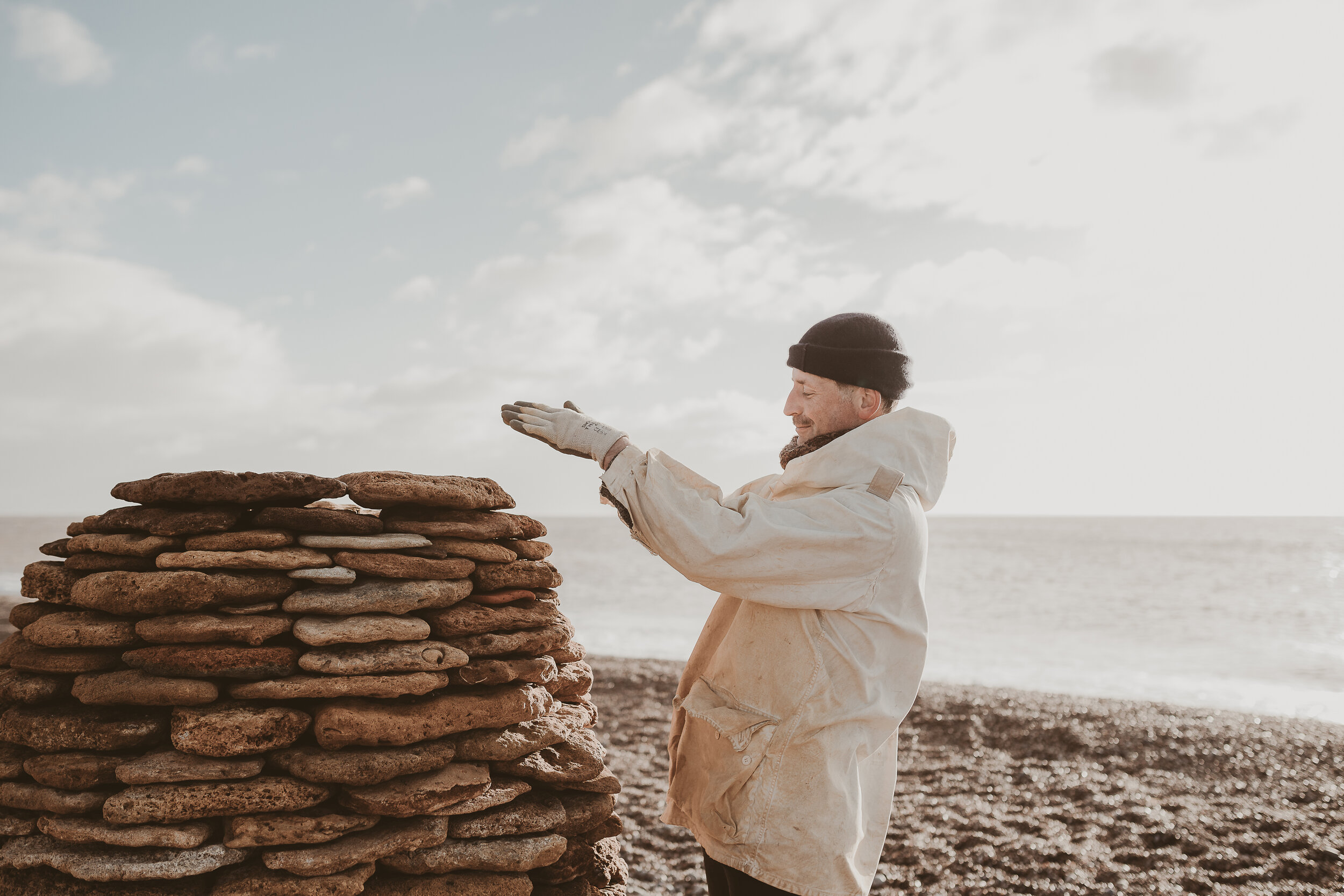

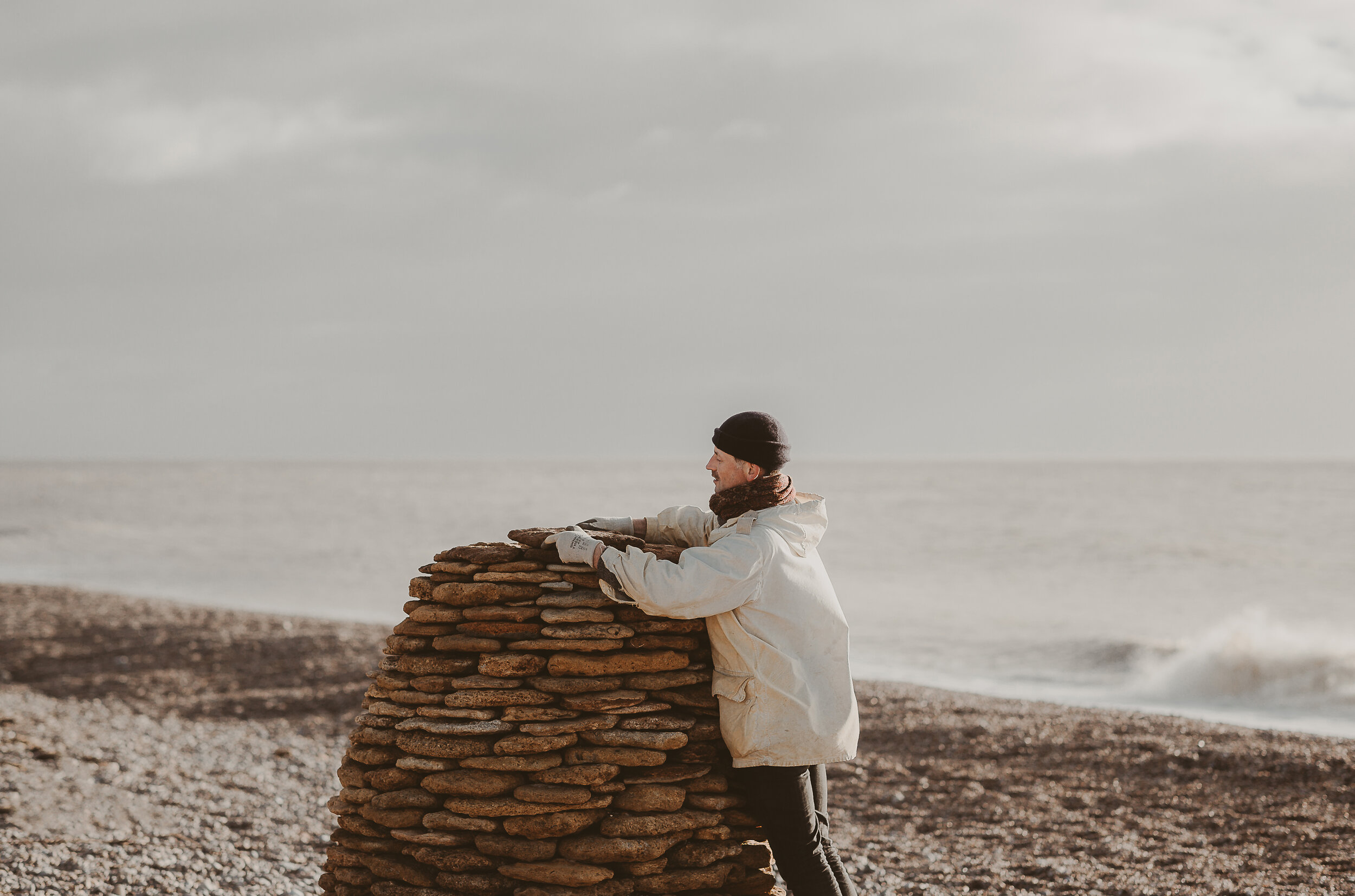
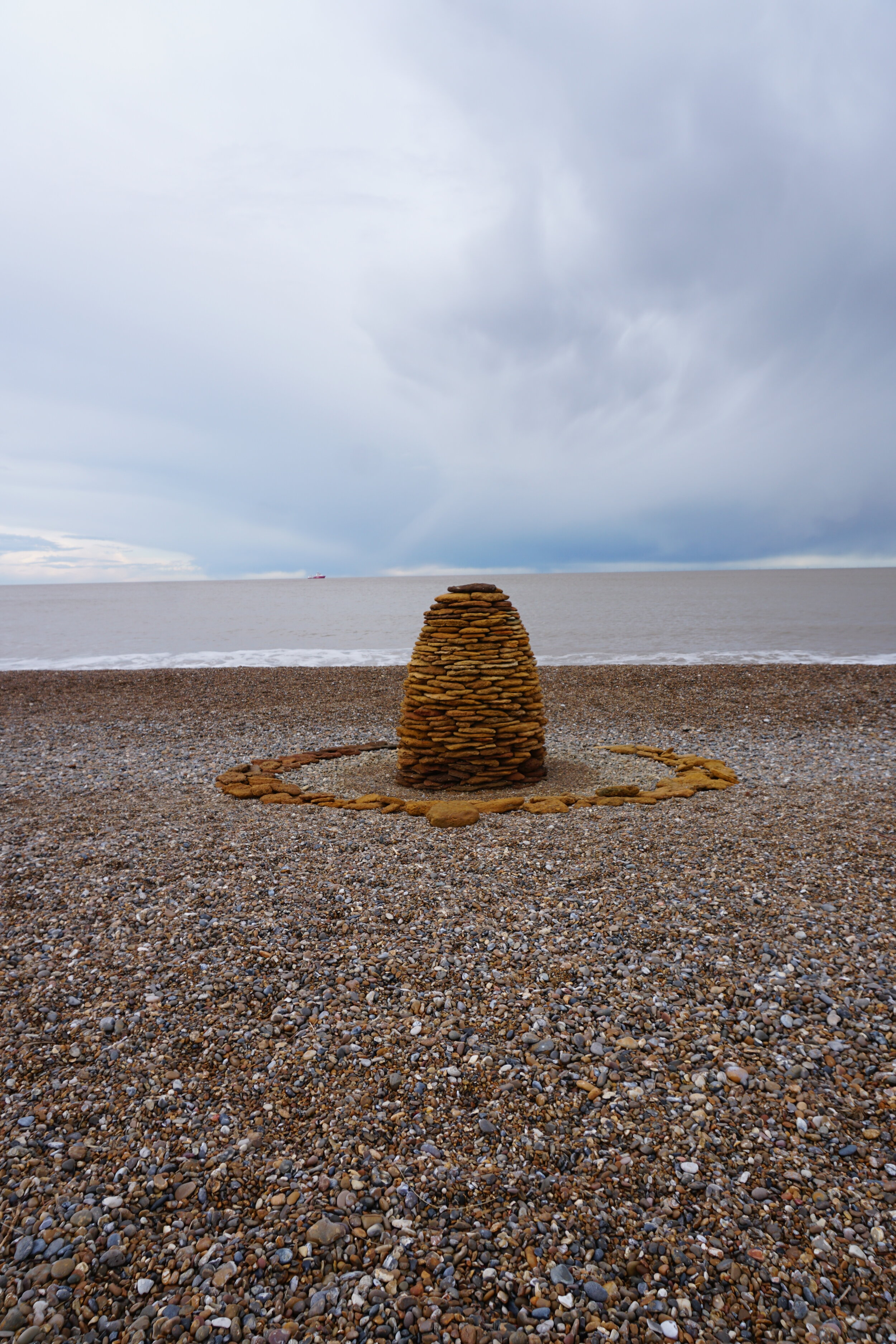
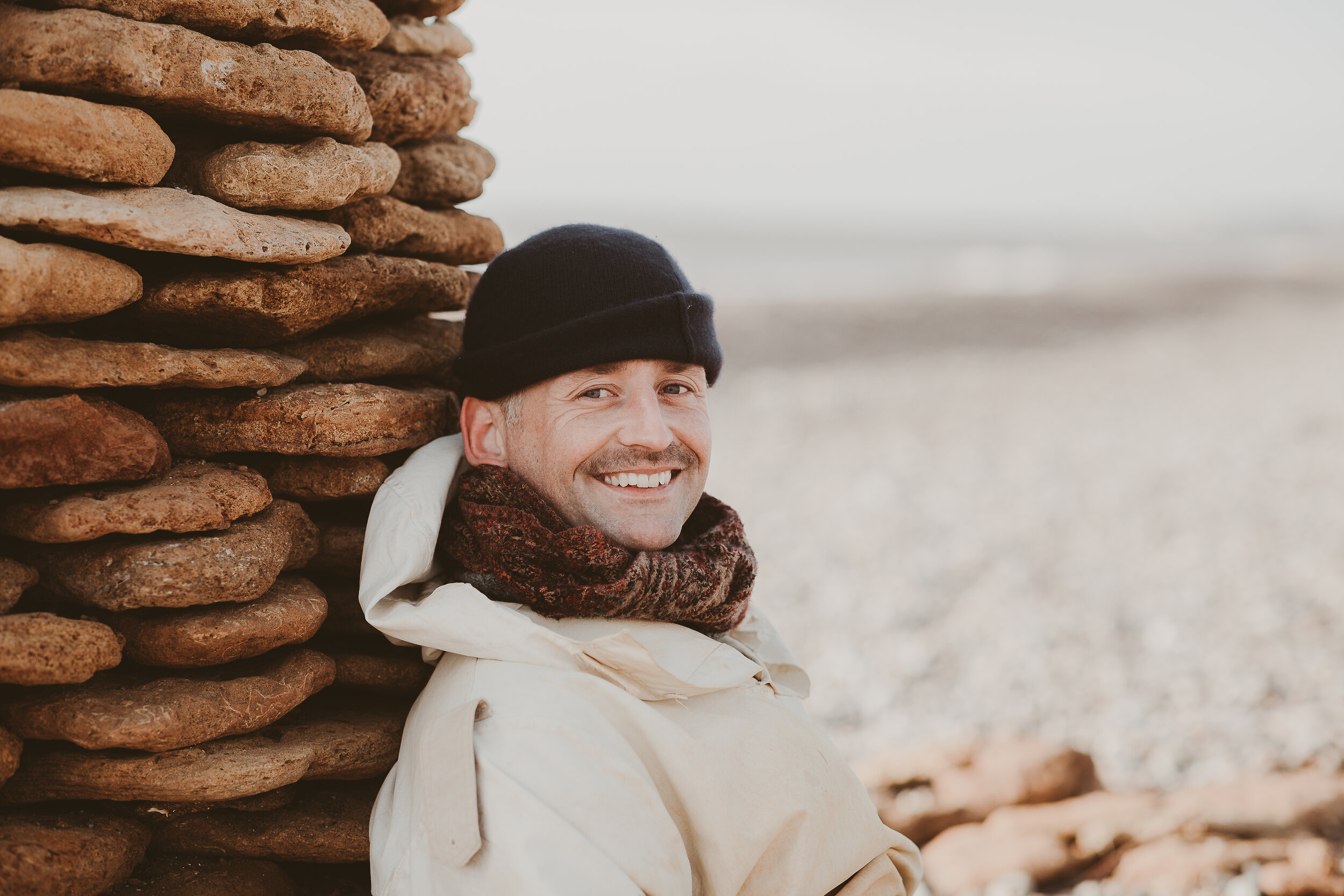
I’ve had conversations with many people on the beach about geology, similar structures elsewhere in the world, walking and the coastline and its precarious future—both immediately from the threat of energy projects and in the long-term from our changing climate.
What we can find out about the corals that filled our shores thousands of years ago?
Do those corals help us in our quest to save corals today? A historical dimension that we should weave into teaching and curricula.
"The impermanence of it was something I definitely intended to incorporate into it,"
"I look forward to that moment when it is reclaimed."
The structure is in no way permanent and will eventually fall back into the sea.
You can read more about it in the following articles:
You can read about Henry’s project in Iceland and cairns, here.
Photos courtesy of Anna Lipska Images





